Pregnancy from a Chiropractor's Perspective
Understanding Pregnancy from a Chiropractors Perspective
Pregnancy introduces a unique dynamic, as numerous changes occur throughout its stages. Let's examine the physical aspects immediately.
During pregnancy
The body's center of gravity shifts forward and lower, significantly increasing pressure on nerves and causing discomfort in the lower back and SI (sacroiliac) joints. Additionally, there are changes in the chemical environment, particularly the hormones released by both the fetus and the mother.
The Third Trimester
A hormone called relaxin is released. Relaxin makes connective tissue more pliable, preparing the body for childbirth by allowing tissues to stretch beyond their normal capacity. However, this can lead to complications. In the clinic, I often see issues with the SI joints—where the sacrum meets the large ilium bones—as these ligaments can become overstretched during childbirth, leading to persistent lower back pain.
Post-Childbirth
Mothers may experience significant discomfort, especially in the first few weeks, as the body adjusts to the reduced levels of relaxin and the altered weight distribution on the spine, particularly affecting the lower spine and hips. This period can be quite uncomfortable as the changes from relaxin and the stress on the SI joints, hips, and lower back become more pronounced.
Treatment for Pre & Post Pregnancy Discomfort
In my clinic, alongside chiropractic adjustments, I emphasize the importance of soft tissue work. While adjustments help improve nervous system function and overall body mechanics, addressing the tissues surrounding the adjusted joint—ligaments, tendons, and muscles—can enhance the effectiveness of the treatment significantly and provide relief for discomfort pre and post pregnancy.
I hope this sheds some light on the subject, though it might raise more questions than it answers. If you found this information helpful, please like this post, follow our blog, and share it with your friends. Your support is greatly appreciated!
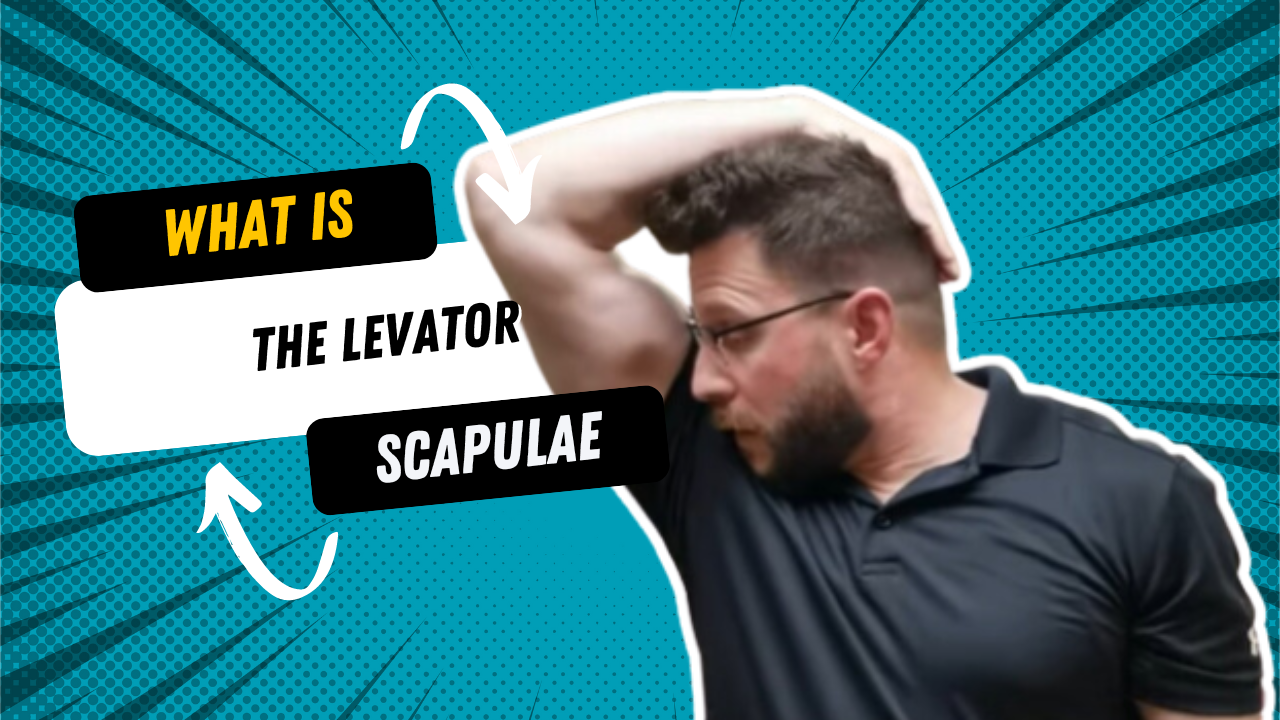
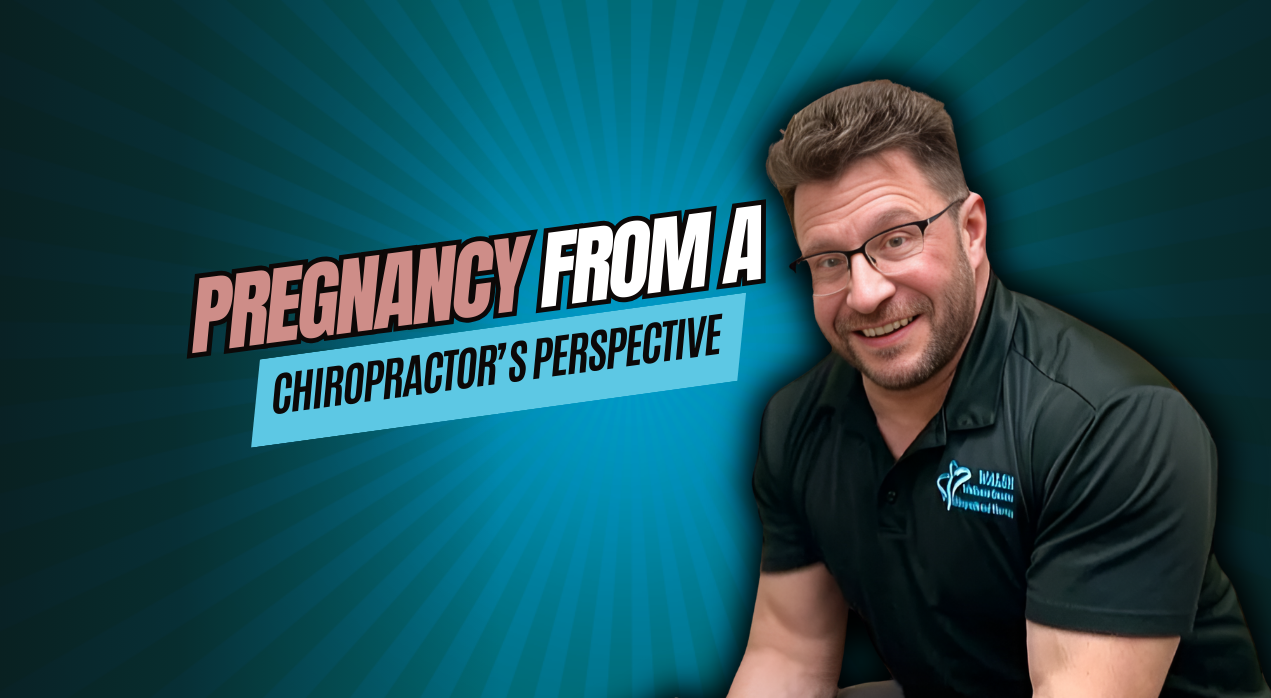
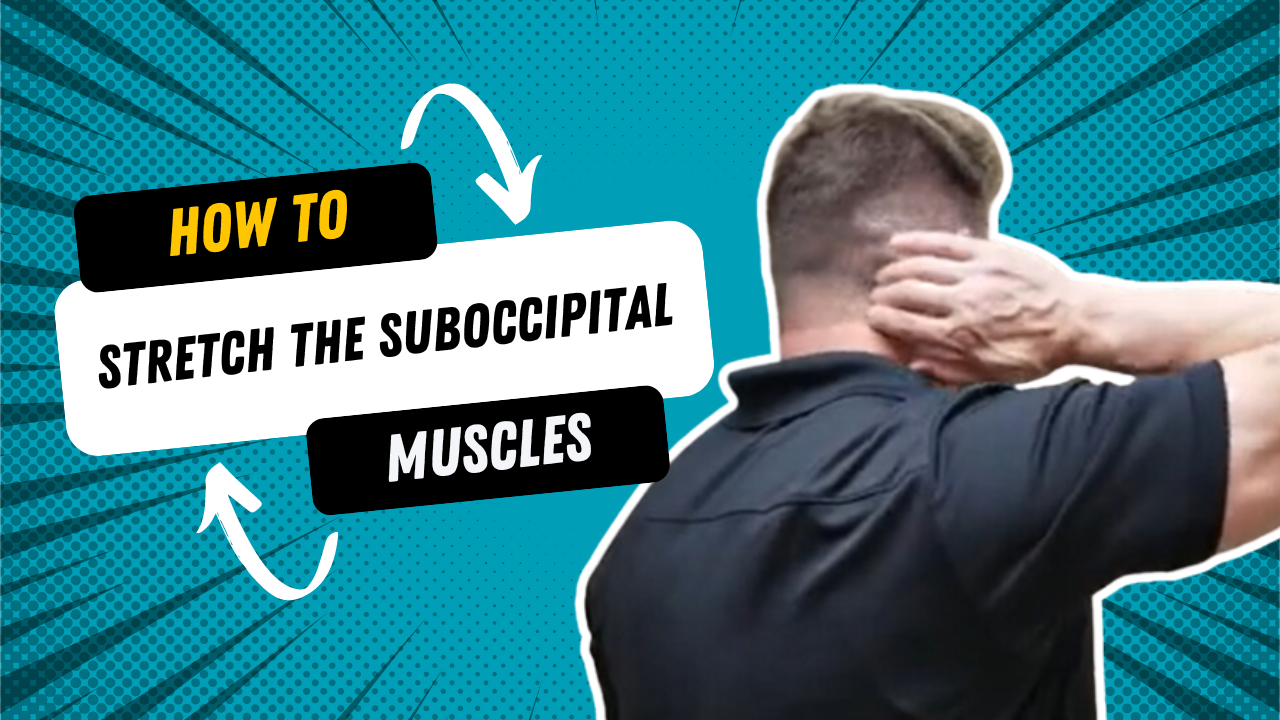
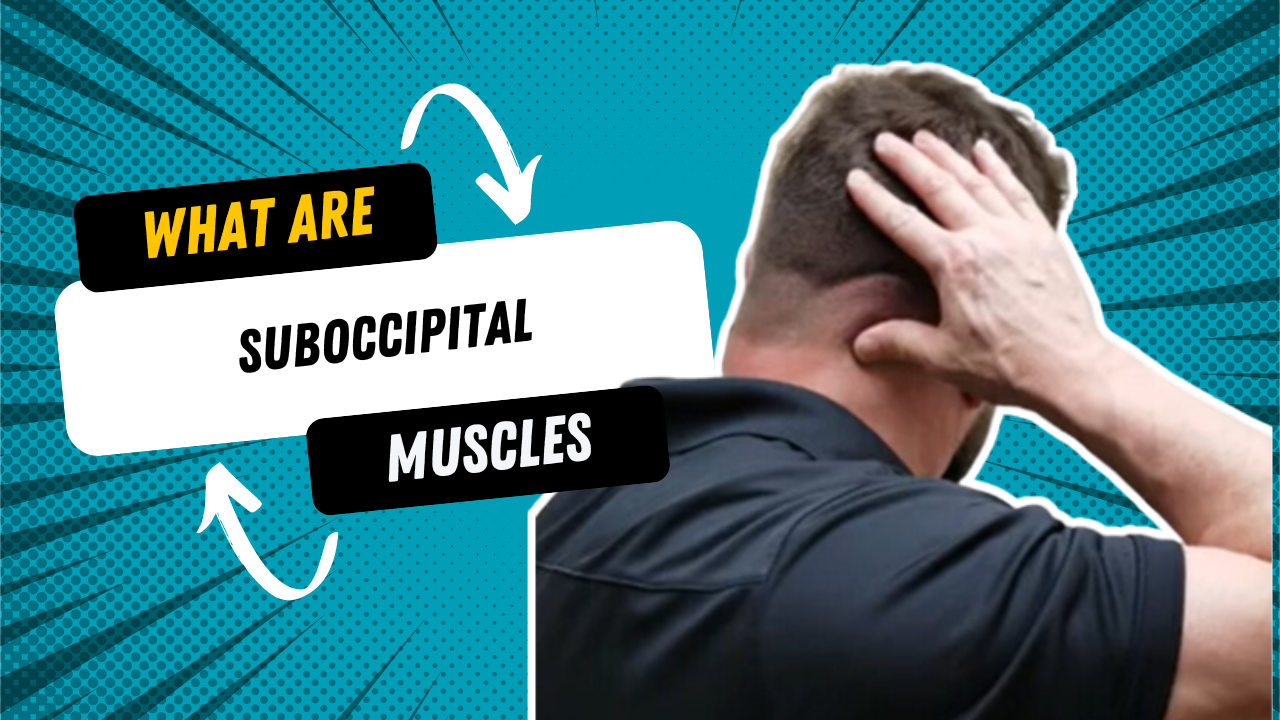
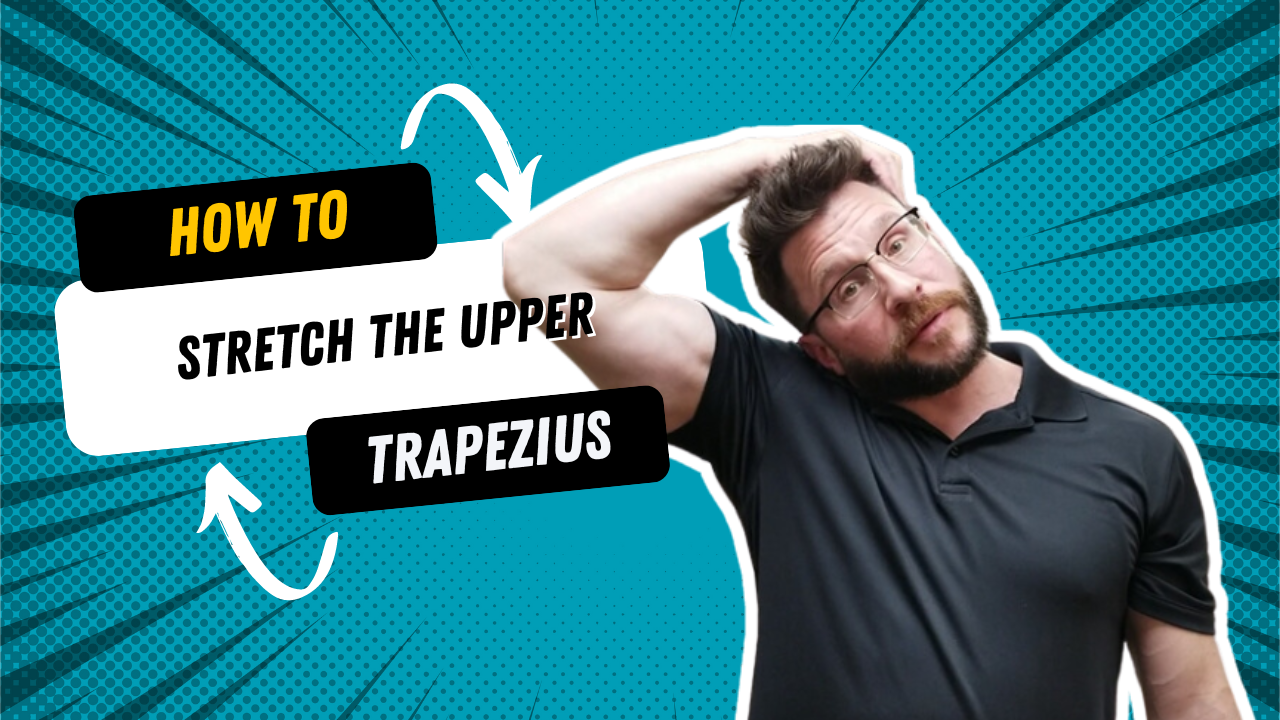
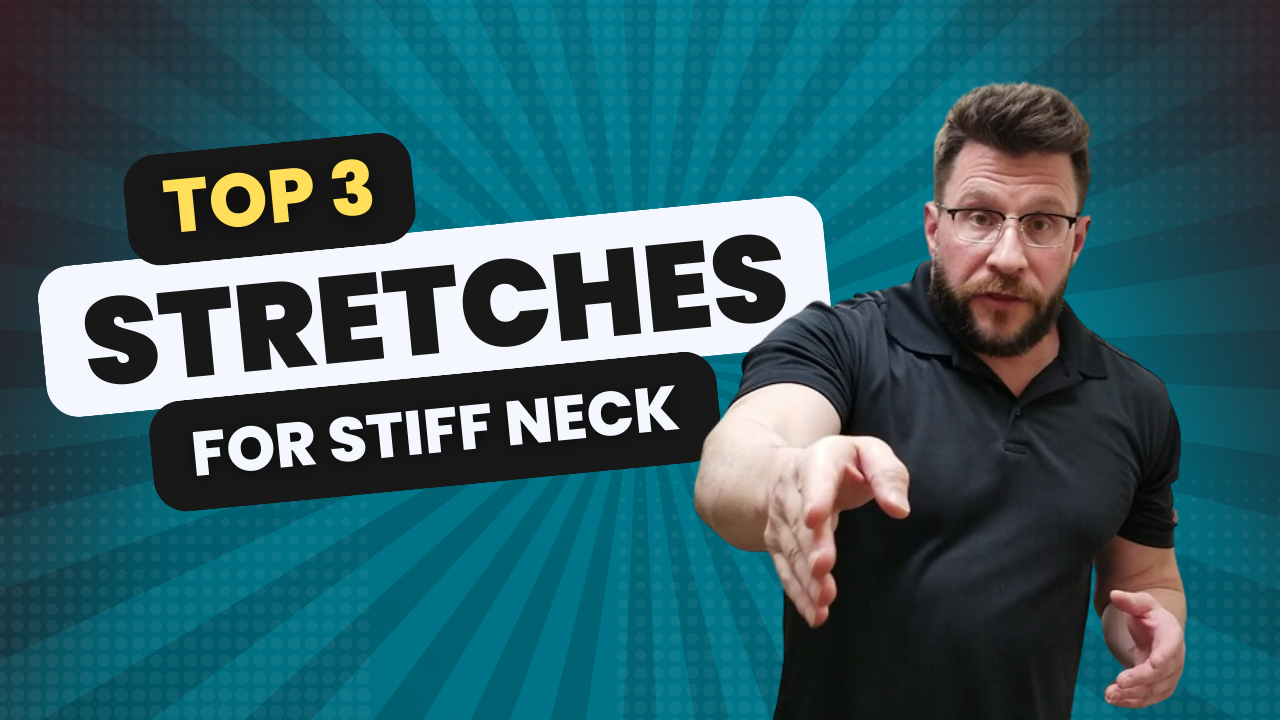
Visit Us
Franklin County, PA
Washington County, MD
Berkeley County, WV
Frederick County, MD
Greencastle, PA
Hagerstown, MD
Williamsport, MD
Smithsburg, MD
Boonsboro, MD
Clear Spring. MD
Sharpsburg, MD
State Line, PA
Hancock, MD
Big Pool, MD
Middletown, MD
Myersville, MD
Falling Waters, WV
Hedgesville, WV
Martinsburg, WV
Fairplay, MD
and surrounding areas
Business Hours
- Mon, Wed
- - -
- Tue, Thu
- -
- Fri - Sat
- -
- Sunday
- Closed
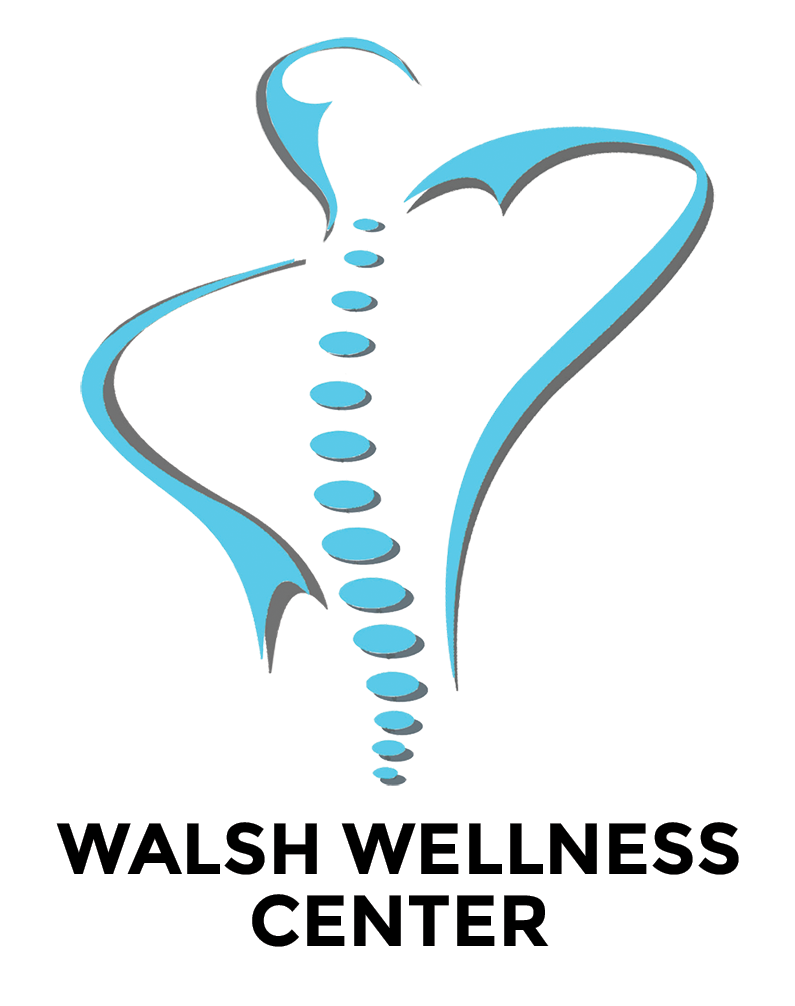
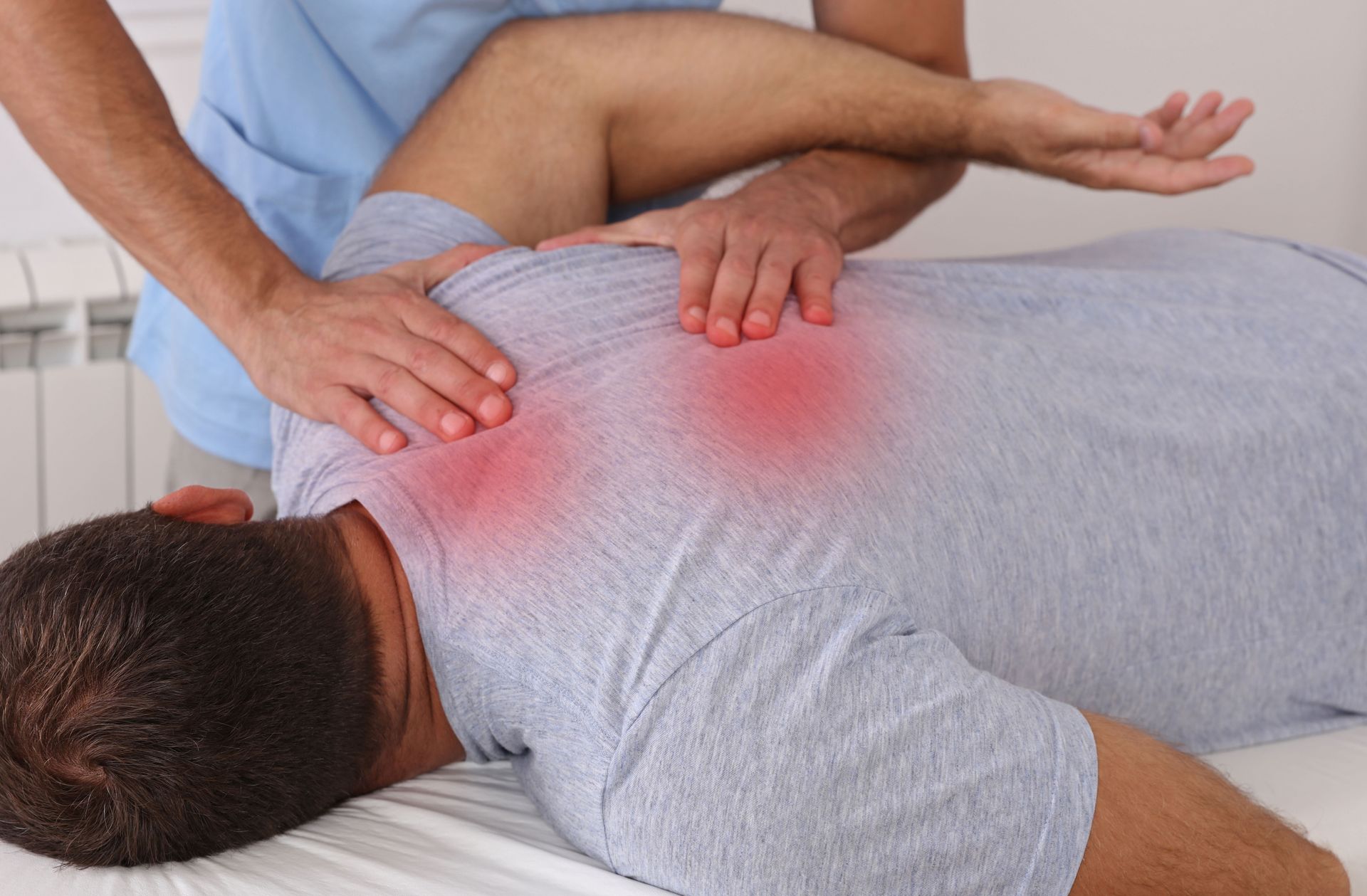
Share On: